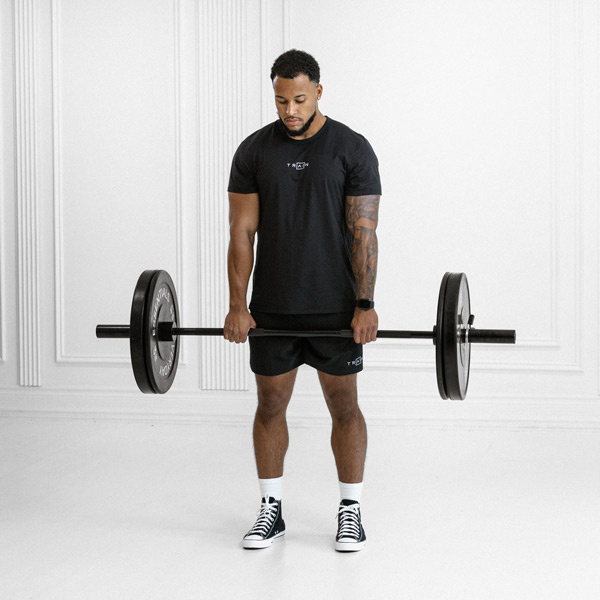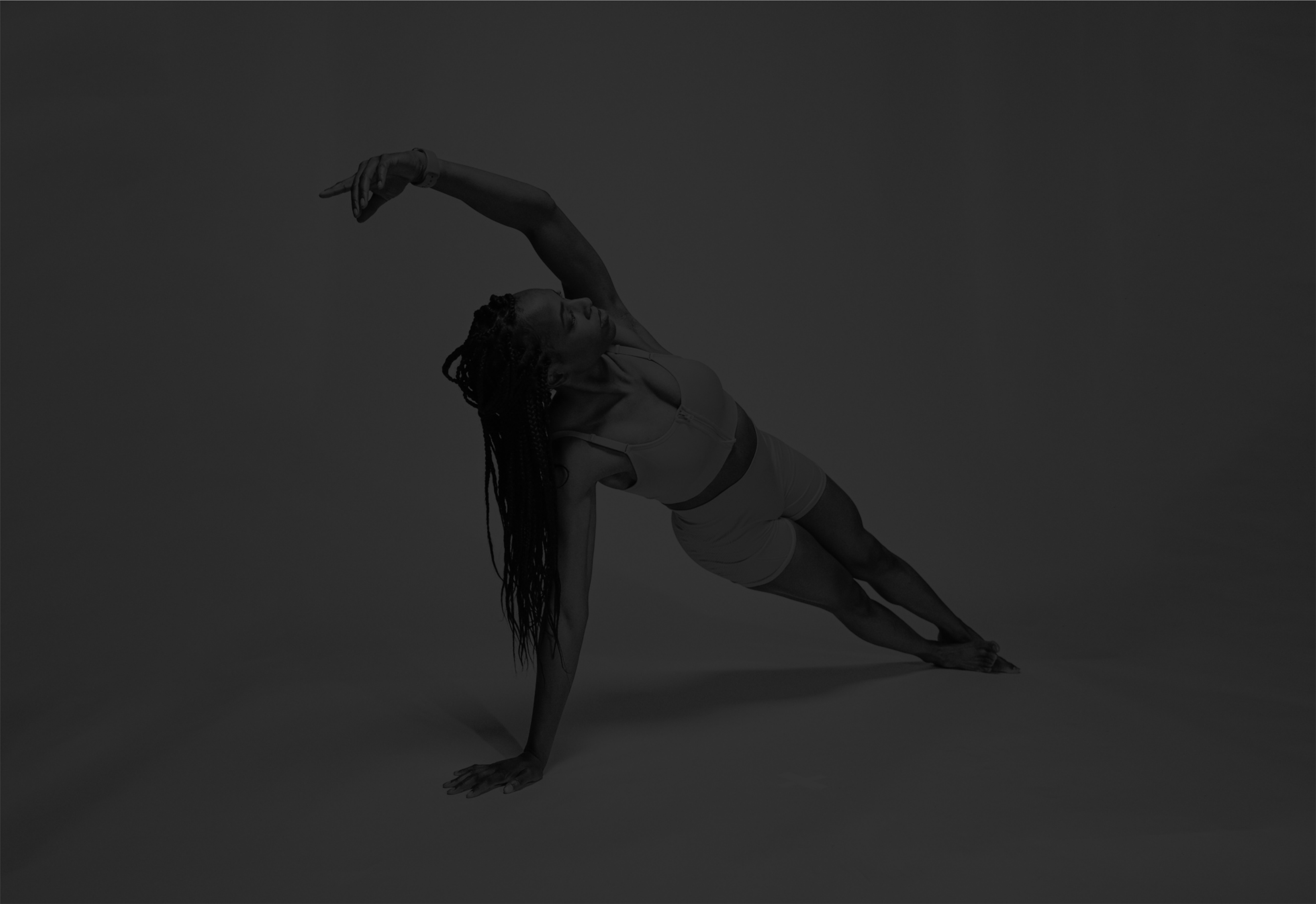Barbell Behind Back Shrug
Barbell shrug variation held behind the body that targets upper, middle, and lower trapezius to build upper back strength and improve posture; emphasizes scapular retraction for better activation.
About Exercise
Equipment
Barbell
Difficulty
2/5 • Intermediate
Primary Muscle Groups
Traps
Secondary Muscles
Forearms
Accessory Muscles
Abs
Popularity Score
5
Goals
Training Style
Setup Requirements
Requires Rack
No
Requires Bench
No
Requires Spotter
No
Space Needed
Small
Noise Level
Low
Muscle Breakdown
View Muscle MapTraps
10/10Upper Traps, Mid Traps, Lower Traps
Forearms
4/10Flexors
Abs
2/10Programming
Typical Rep Range
8-15 reps
Rest Between Sets
60-90 seconds
How to Perform
Stand with feet shoulder-width apart, knees slightly bent. Grip barbell behind your body with pronated hands wider than shoulders, arms extended.
- Shrug shoulders straight up toward ears.
- Squeeze traps at the top and hold briefly.
- Lower shoulders slowly to full stretch.
- Keep arms straight throughout.
- Maintain upright posture and engaged core.
- Repeat for reps without momentum.
Coaching Tips
Form Cues
- Pull shoulders back and down.
- Lead with traps, not arms.
- Keep chin tucked.
- Engage core tight.
- Avoid shoulder rolling.
Breathing
Exhale as you shrug up; inhale as you lower.
Tempo
2-1-2
Range of Motion
Elevate shoulders fully to ears without rolling; lower until scapulae depress completely below starting position.
Safety
Safety Notes
- Start with light weight to master form.
- Avoid if acute shoulder or neck pain.
- Use wrist wraps if grip fails.
- Consult professional for posture issues.
Spotting
Not typically needed; use rack safeties for heavy loads if setup requires.
Common Mistakes
- Using momentum to jerk the bar.
- Rolling shoulders forward or back.
- Bending elbows to lift.
- Letting head tilt.
- Arching lower back.
When to Avoid
- Shoulder impingement
- Neck strain
- Lower back issues
Flexibility Needed
- Adequate shoulder elevation
- Neutral spine mobility
Build Up First
- Basic grip strength
- Proper standing posture
Also known as
Behind the Back Barbell Shrug, Rear Barbell Shrug, Barbell Trap Shrug Behind Back
Found this helpful?
Share your thoughts or help us improve this guide.
Similar Exercises

Barbell Shrug

Barbell, Plates
Traps
Barbell Behind Back Forearm Curl
Barbell
Forearms

Barbell Overhead Shrug
Barbell, Squat Rack
Traps

Smith Machine Behind Back Shrug
Smith Machine, Plates
Traps

Barbell Rack Pull
Barbell, Squat Rack
Traps

Barbell Clean
Barbell
Quads, Traps

Barbell Back Squat

Barbell, Squat Rack
Quads

Barbell Back Box Squat
Barbell, Squat Rack
Glutes

Barbell Muscle Clean

Barbell, Plates
Quads, Traps

Barbell Power Snatch
Barbell, Plates
Glutes, Traps


subscribe to our newsletter
Contact Us
hello@trainfitness.aiFind Us
130 Spadina Avenue, Toronto,
Ontario, M5V 0H4, Canada
©2025 All Rights Reserved
